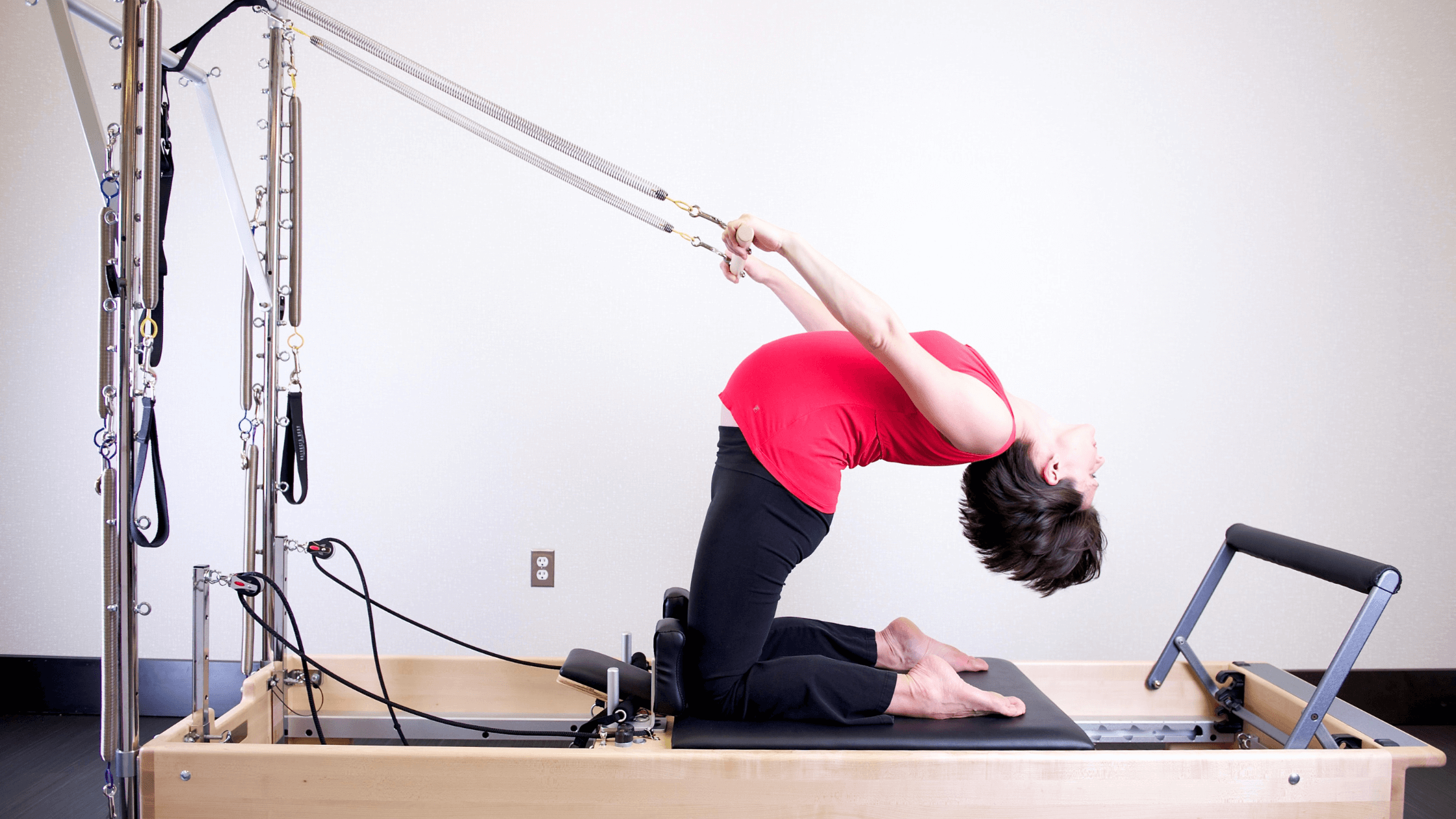CoreAlign vs. Pilates Reformer: Which One Is Right For Me?

PT, DPT // Licensed Physical Therapist // CoreAlign Instructor // Lead Pilates Instructor // EW Motion Therapy Homewood
When you try a Pilates class for the first time, you might have multiple pieces of equipment available to use. Your instructor will show you how to use everything, and the studio you choose will probably have reformers, CoreAlign machines, or both. But what are the differences between these pieces of equipment? And which one would be best for you to use?
Depending on your goals, your instructor should be able to direct you to the best equipment to use. But it can be helpful to know a little bit going in. We have both reformers and CoreAlign machines at EW Motion Therapy, and our Pilates instructors use both to promote balance, core strength, and flexibility. Even if you choose to do Pilates elsewhere, we still want to educate you on using these machines so you can select which one best suits your needs.
This article compares the differences between the reformer and the CoreAlign, as well as the situations in which one should be chosen over the other. With this information in mind, you can make the best choice for your Pilates class.
The CoreAlign and reformer aren't the only pieces of equipment used in Pilates. Learn more about Joseph Pilates' other equipment here.
When should I use a reformer?
A reformer is arguably the most popular and versatile piece of Pilates equipment any studio could have. It can both support and provide resistance to movements, making it excellent for rehabilitation and retraining dysfunctional movement patterns. Besides being versatile in terms of the activities it supports, it is also adaptable for different people - it can be used while sitting, standing, or lying down, making it ideal for those with balance issues or weight-bearing restrictions.
While the reformer can be adapted for various situations, starting your Pilates practice on a different piece of equipment, such as a mat, may be beneficial. A reformer can seem intimidating to a beginner, so it might be good to learn basic Pilates principles and movements on a mat before using a reformer properly. Still, you can also begin on a reformer if you feel comfortable doing so.
When should I use the CoreAlign?
The CoreAlign is now sold by Balanced Body as a piece of Pilates equipment, but a physical therapist invented it during his work with stroke patients. That therapist, Dr. Jonathan Hoffman, figured out that stroke patients benefited from working on opposite sides of their body independently, which is exactly what the CoreAlign allows you to do. It is ideal for balance and gait training, as well as strengthening and mobilizing your feet. Additionally, most of the movements performed on a CoreAlign are based on the principles of Pilates, which is why it is often featured in Pilates classes.
If you are new to Pilates equipment and struggle with standing for extended periods, the CoreAlign may not be the best machine for you. Additionally, anyone with upper back pain or a shoulder condition/injury should probably opt for the reformer since you do not have to hold onto a ladder for a long time. If you have an acute knee injury, which might not respond as well to the CoreAlign, an instructor can work around that with you in a private session.
What other equipment can I use?
Now you know more about the differences between the reformer and the CoreAlign. Both are great tools for promoting proper posture, alignment, balance, stability, and flexibility —core principles of Pilates. Ideally, in a class environment, you could use many pieces of equipment together to promote a well-rounded experience, including the chair, tower, and barrel.
Pilates can be a lifelong movement practice and can be adapted for any age group. We offer a variety of Pilates and CoreAlign classes at EW Motion Therapy, and we cap our classes at four participants to ensure everyone receives an individualized experience. If you are interested in trying Pilates, click the button below to download our answers to 20 frequently asked Pilates questions.


